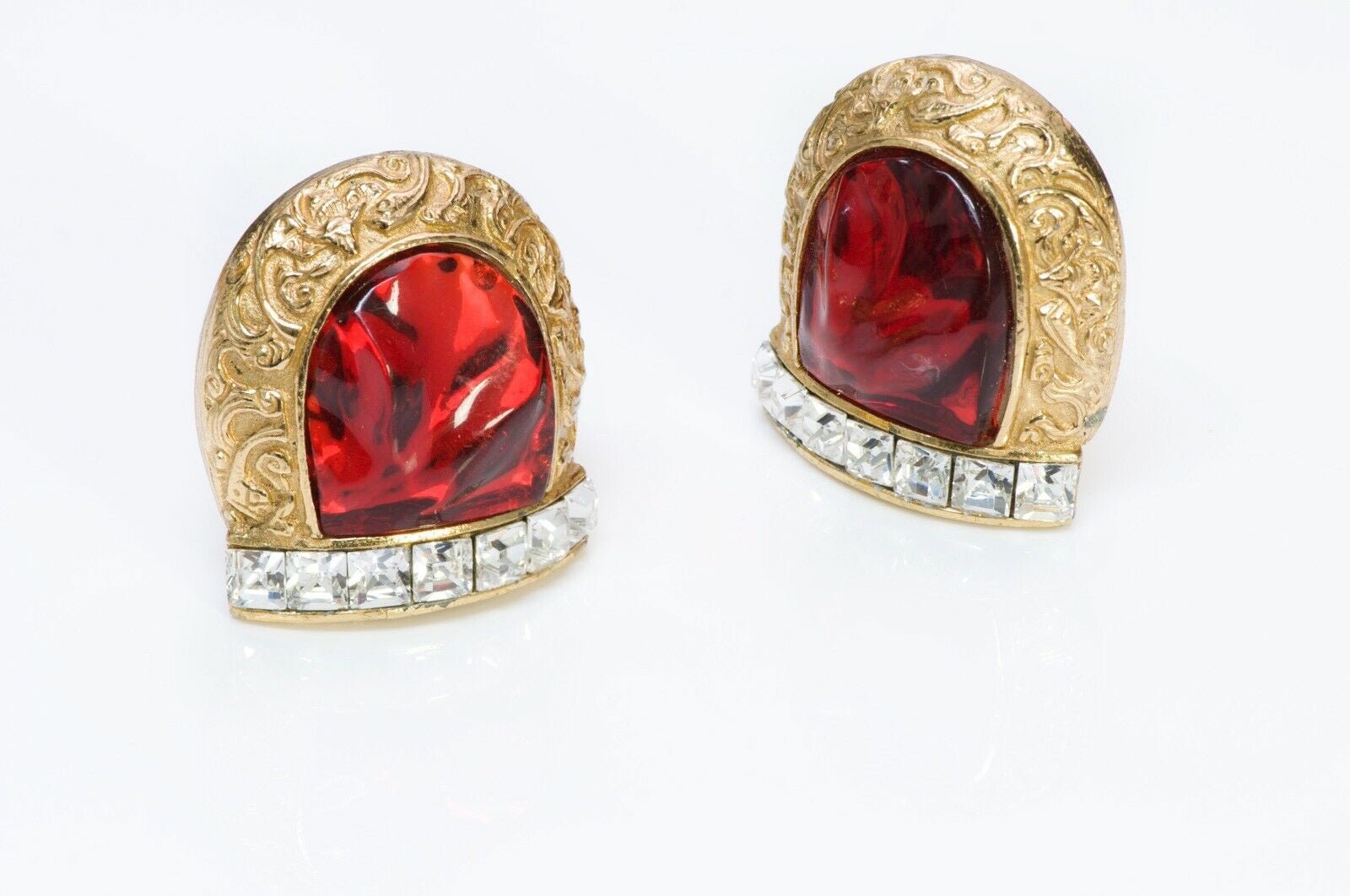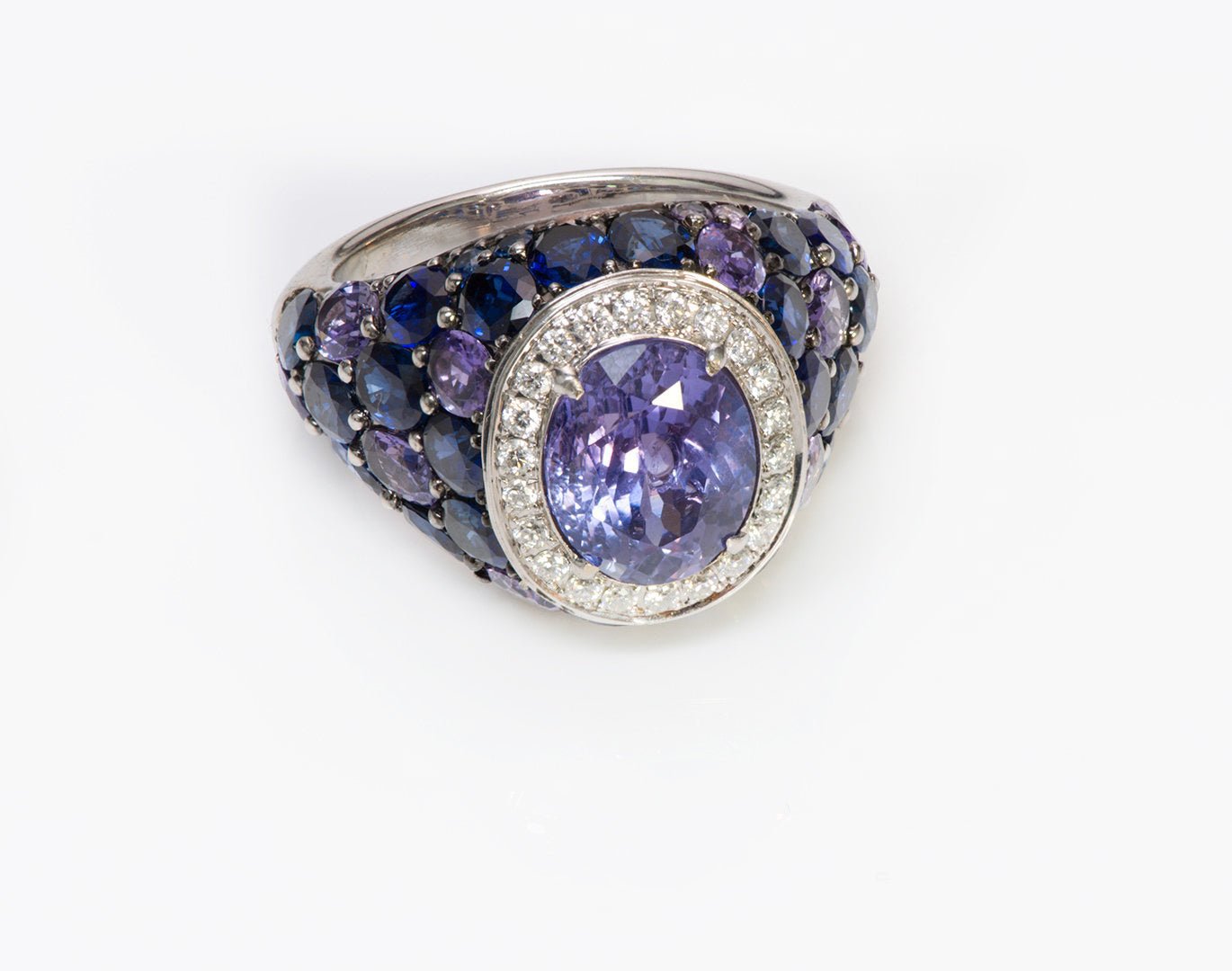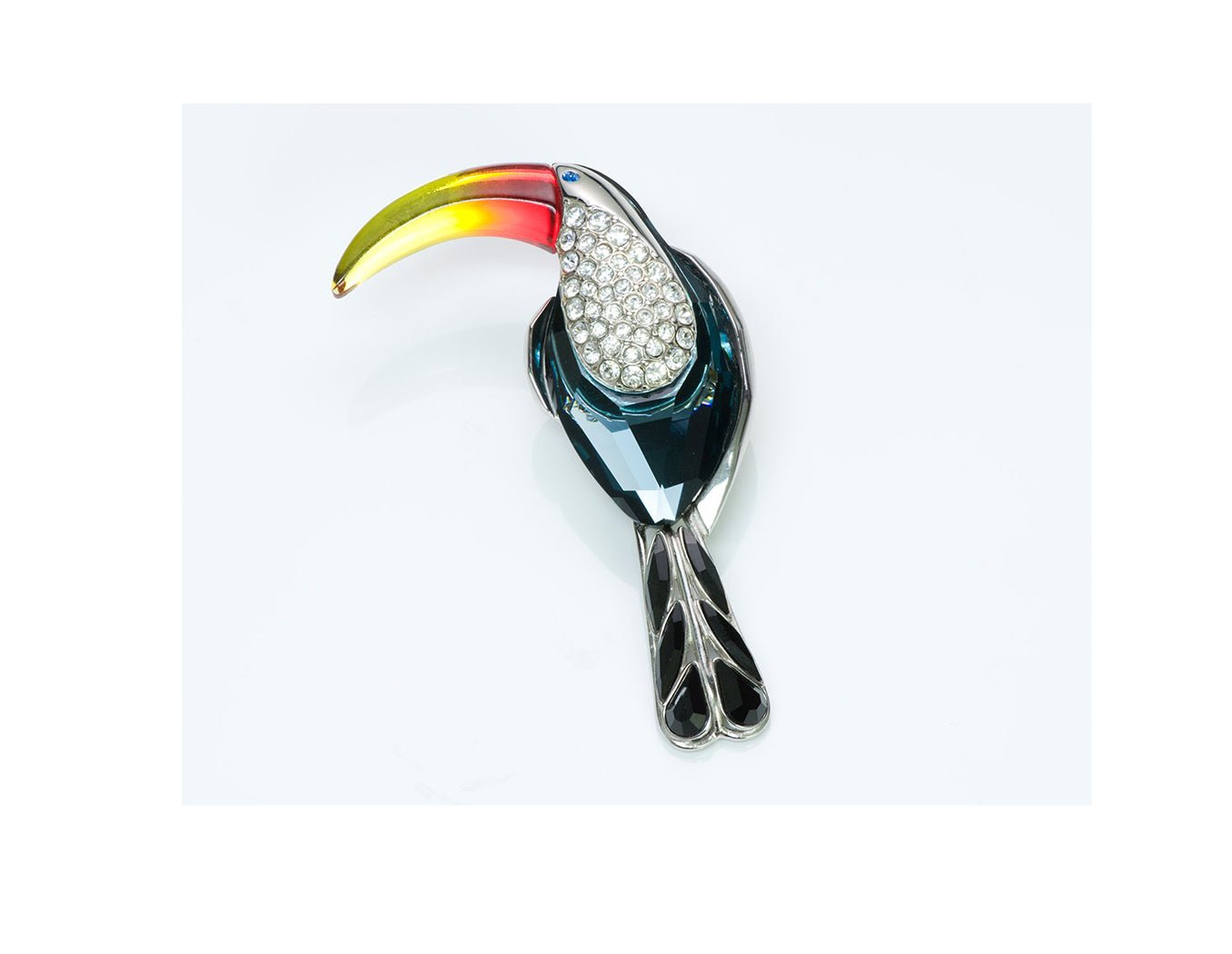
From Apprentice to Maison: The Story of Robert Goossens
While most of us were in a total haze as to what career path to take in life at 15, one Parisian boy had already been making waves in the glamorous yet demanding world of jewelry making by that age. Born into a family of metal workers, Robert Goossens began his career as an apprentice tirelessly mastering the arts of casting, engraving and embossing semi-precious and simulated stones into gold and silver. By 17, Goosens was making a living by crafting small objects for various prestigious Parisian jewelry houses; from snuffboxes for Mellerio to lighters for Cartier.
Creating stunning jewelry pieces however was where Goosens’ heart lay. By 25, he was creating instant hits of couture jewelry for legendary houses, like, Schiaparelli, Chanel, Rochas, and Balenciaga. It was in this business that he came to be known as Monsieur Bijou, which translates to Sir ‘Intricate jewel’.
Unmistakable Aesthetics of Goossens
Goossens's designs were strongly influenced by the paintings and artifacts scattered throughout the museums in Paris. His admiration of Maltese, Byzantine, and Renaissance works sculpted and brought his style to maturity.
As a frequent traveller, Monsieur Bijou would often bring back to Paris interesting stones and materials, including sapphires, amethysts, rubies, corals, and chalcedonies. The famed jeweler favored rock crystal over other stones for its clarity and flawless nature. After restoring a cross of Madame Chanel’s, he became fond of the clear, colorless variety of quartz. Truly a visionary, Goossens became the first jewelry creator to set rock crystal into jewelry.
Chanel and Goossens: A Creative Force Accentuated by Outstanding Workmanship
A defining moment for Goossens was his partnership with Gabrielle Chanel. Fashion and jewelry industry professionals who knew them both personally were not surprised by the creative union of Chanel and Goossens. Both designers appreciated the Byzantine style and loved to mix real and faux elements in their designs.
In a 1998 interview, Goossens recounted the first time he had made a piece for Chanel: In the early ’50s, he brought her a finished brooch in gold, made with three pearls and a diamond that she had given him earlier. Chanel took a look, put it on, and went on talking about something completely unrelated, unaware of the puzzlement of the young artisan.
Finally, Goossens asked what she thought of the piece, and Chanel replied, “If I didn’t think it was good, I wouldn’t have worn it.” Goossens never had to ask for her opinion again.
Mobile Jewelry Atelier in the Back of a Truck for the Most Stylish Women of Her Time
Goossens created numerous jewelry pieces to accompany Chanel’s fashion designs. The work process could be summed up in one sentence: Gabrielle Chanel would explain her ideas, guide his inspiration and expect the ready piece. Chanel’s requests were so frequent and numerous that the young master of bijou had to set up a mobile atelier in the back of his truck.
Goossens would also create original pieces for Chanel herself, which were made of real gold and precious stones. These were then copied to be made into costume jewelry for fashion shows and presentations. These jewelry “models” ultimately served as the basis for the rest of Chanel's costume jewelry designs.
Goossens continued his work with the Maison Chanel after Gabrielle Chanel’s passing, and collaborated with her successor Karl Lagerfeld all throughout the 1980s and 1990s.
Collaborations with Yves Saint-Laurent
In the mid-’70s, Robert Goossens embarked on what would become his second defining collaboration, this time with Yves Saint Laurent. At first, Goossens was asked to create pieces of African inspiration. Later, he was commissioned to create everything else; from hand mirrors for the YSL beauty institute, to limited-edition perfume bottles.
Their creative partnership lasted for almost three decades, until 2002, when Saint Laurent closed his couture house.
Goossens in the Present Tense
In 2005, Goossens was acquired by Chanel’s Métiers d’Art division - something most craftsmen the globe over won’t even dream of. His workshop north of Paris is still successfully operating and to this day beautifies our world, one stunning jewelry creation at a time.


















